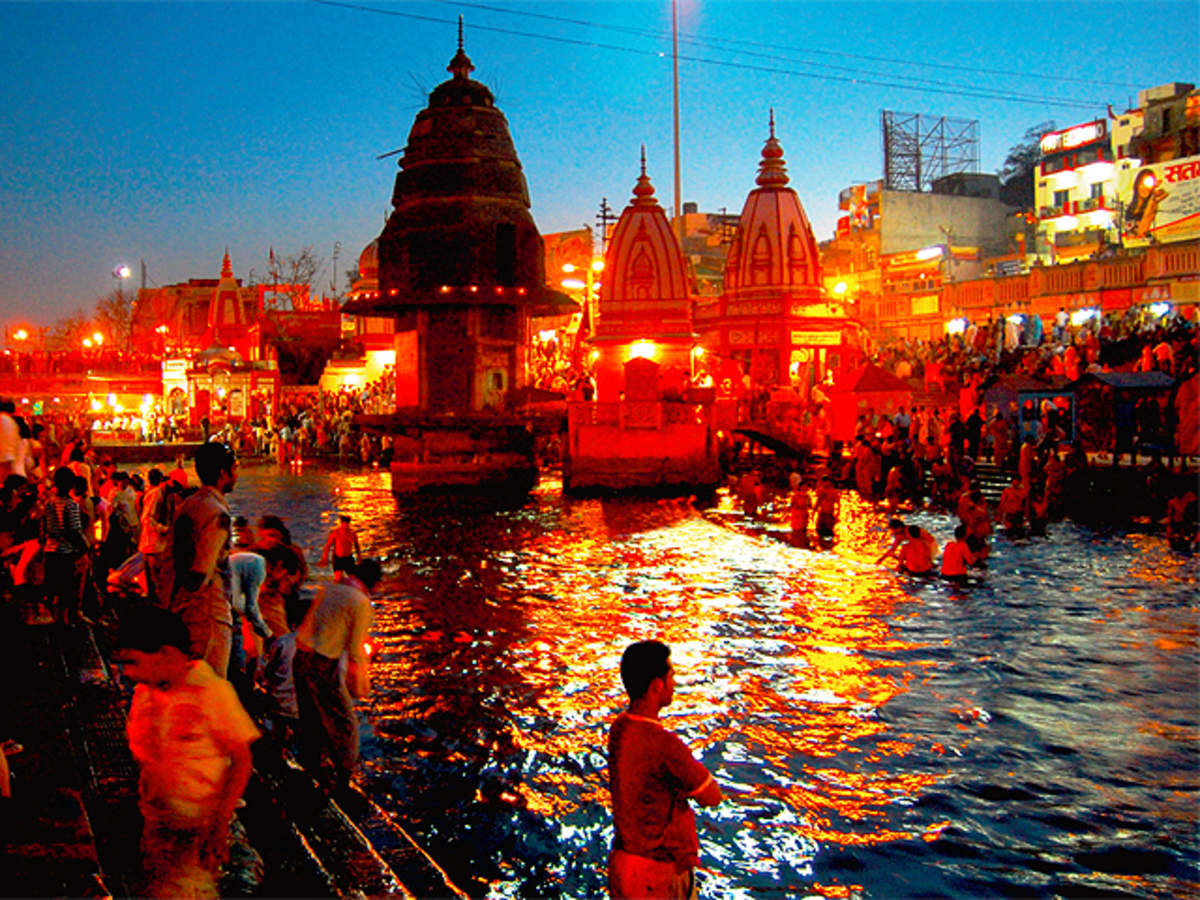Culture Of Uttar Pradesh
The Culture of Uttar Pradesh is an Indian culture which has its roots in Hindi and Urdu literature, music, fine arts, drama and cinema. Lucknow, the capital of Uttar Pradesh, has historical monuments including Bara Imambara and Chhota Imambara, and has preserved the damaged complex of the Oudh-period British Resident's quarters, which are being restored.

Thousands gather at Allahabad (Prayagraj) to take part in the annual Magh Mela festival on the banks of the Ganges which is organised on a larger scale every 12th year, when it is called the Kumbha Mela, where over 10 million Hindu pilgrims congregate – one of the largest gathering of human beings in the world. Badaun is a religiously significant city whose historical monuments and tombs attract thousand of tourists annually. The historical towns of Sarnath and Kushinagar are not far from Varanasi. Gautama Buddha gave his first sermon at Sarnath and died at Kushinagar; both are important pilgrimage sites for Buddhists. Also at Sarnath are the Pillars of Ashoka and the Lion Capital of Ashoka, archaeological artefacts with national significance.[further explanation needed] Ghazipur, 80 km from Varanasi, has Ganges Ghats and the Tomb of British potentate Lord Cornwallis, maintained by the Archaeologic survey of India. Kathak is a classical dance form from Uttar Pradesh. Wajid Ali Shah, the last Nawab of Awadh, was a patron and champion of Kathak. Today, the state is home to two prominent schools of this dance form, Lucknow Gharana and Banaras Gharana. Music personalities including Naushad Ali, Talat Mehmood, Begum Akhtar hihi , Anup Jalota, Shubha Mudgal, Bismillah Khan, Ravi Shankar, Kishan Maharaj, Vikash Maharaj, Hari Prasad Chaurasia, Gopal Shankar Misra, Siddheshwari Devi, Girija Devi and Sir Cliff Richard were originally from Uttar Pradesh. The region's folk heritage includes songs called rasiya (especially popular in Braj), which celebrate the mythological love of Radha and Krishna. These songs are accompanied by large drums known as bumb and are performed at many festivals. Other folk dances or folk theater forms include Raslila, Swang, Ramlila (a dramatic enactment of the entire Ramayana), Nautanki, Naqal (mimicry) and Qawwali. The common state-language of Uttar Pradesh is standard Hindi. While standard Hindi (Khari boli) is the official language, several regional Hindi 'dialects' are spoken in the state including: Awadhi, Bhojpuri, Braj, Kannauji, Bagheli and Bundeli, as well as several local dialects that do not have a formal name. Urdu is prominent in Uttar Pradesh as Lucknow was once the centre of Indo-Persianate culture in north India. The language of Lucknow ("Lakhnavi Urdu") is a form of high literary Urdu.